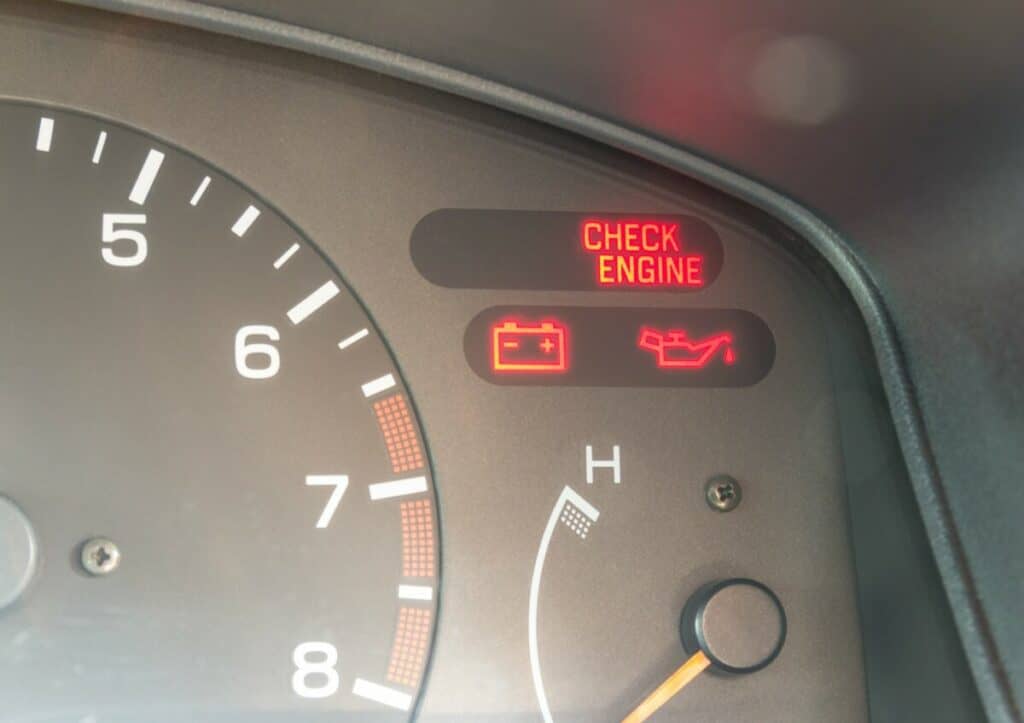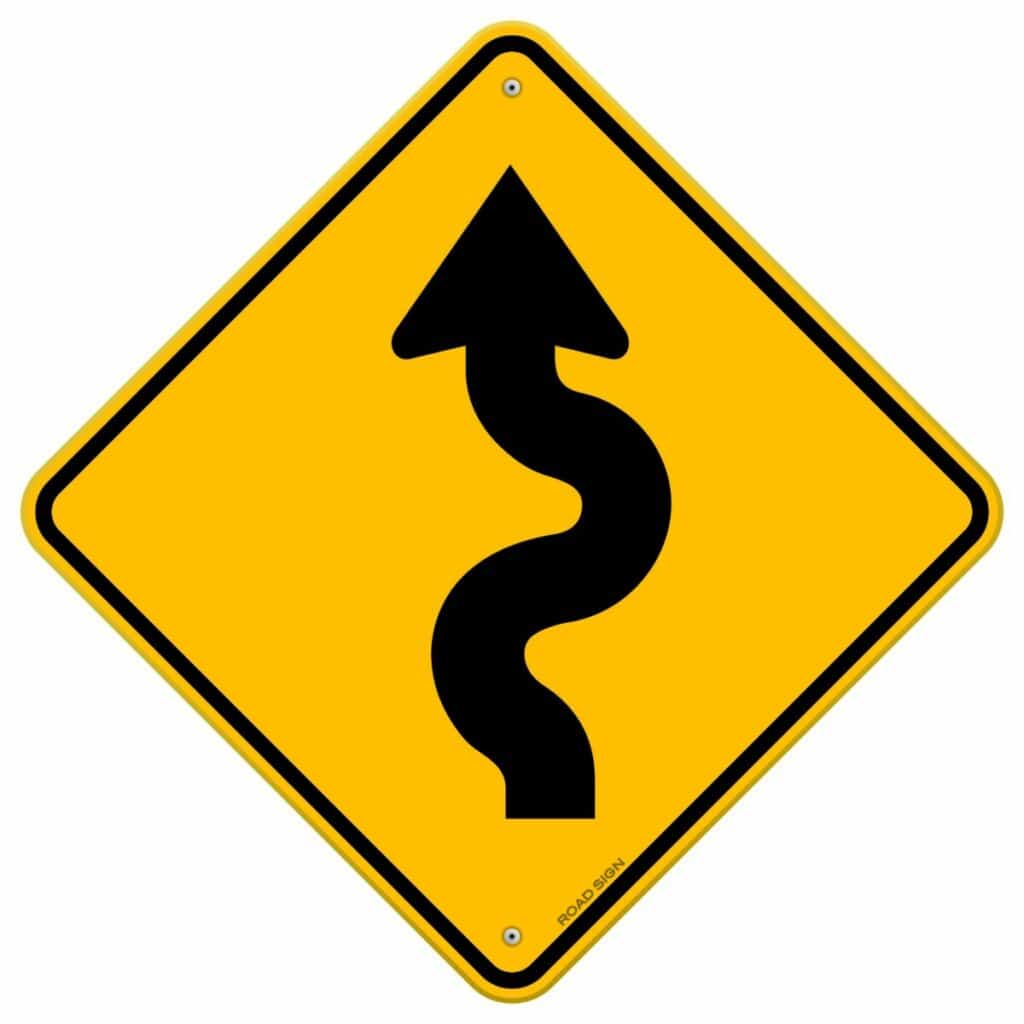Check VSC Lexus | Why is my VSC Light and Check Engine Light on?

While driving a car almost nobody wants to see lights pop up on their dashboard. Even worse than that is when multiple lights appear on your dashboard at the same time. What is a VSC light and why has it appeared on your dashboard at the same time as the vehicle’s check engine light?
A VSC system or Vehicle Stability Control is a system in Toyota and Lexus vehicles. VSC is linked to the engine which is why their warning lights may appear at the same time. To repair these lights drivers can try and reset the system. If this doesn’t work, the car must be taken to a mechanic.
While this might seem like it can be difficult to resolve, as long as you have the proper information it is generally quite easy to fix. You should be aware that the repair plan for your vehicle will depend on the specific issue that it is experiencing.
Below I have included some common issues with the VSC and Check Engine lights as well as when to try and fix it yourself, and when to seek out a mechanic.
What Does the VSC Light Mean
Many vehicles built in the last couple of years are equipped with a Vehicle Stability Control system. This system helps to prevent your car from skidding or sliding while on the road.
This comes in handy while driving in rainy or icy weather, when driving on winding roads, and helps to reduce swerving if you happen to get in an accident.
A study published in the National Library of Medicine found a 52.6 percent reduction in single-vehicle crashes involving cars equipped with a VSC system.
The VSC light will appear on your dashboard when there is a bug or damage to the VSC system. While this light is present your vehicle will disable the stability control putting you at a bigger risk of sliding or ending up in an accident.
While you can still drive your vehicle with the light present, you will want to resolve any underlying issues as quickly as possible.
What Does the Check Engine Light Mean
A more common dashboard light is that of the Check Engine light. Modern vehicles are equipped with computers and electronic systems that can each have issues or break and activate the Check Engine light.
This light can signal issues with your Catalytic converter, a bad ignition coil, a failure in the mass airflow system, transmission issues, and many others.
To determine the specific issue you will need a code reader which can be found at your local mechanic’s shop, or you can buy one online for your own personal use.
This reader will connect with your vehicle’s computer and determine the specific system that is experiencing issues.
You can still drive your vehicle while it has a check engine light. If the light is flashing you should take your car in for service immediately. This indicates an issue that needs to be resolved as quickly as possible.
Why do These Lights Appear Together
Often the VSC and Check Engine lights will appear on your dashboard at the same time. Since the engine is linked to several systems, including the vehicle’s control steering, your car may have difficulty separating which system is responsible and will light up both the VSC and general engine light.
Luckily for you, as long as the lights appeared at the same time, they are experiencing the same issue, and once the issue has been resolved both of the lights should disappear.

How to Fix These Lights Yourself
When seeing lights appear on their vehicle’s dashboard people’s heads often begin to spin with the cost of repairing the vehicle and waiting at the repair shop while a mechanic works on it. With the internet, many people have become more familiar with repairing their own vehicles.
If your VSC and Check Engine light have appeared you may be able to fix them yourselves. Here are some things you can do to resolve these warning lights.
Sometimes there may be an error in your vehicle’s computer. If this is the case you don’t want to pay for a repairman to tell you nothing is wrong. To see if it is just a bug you will need to reset your vehicle’s VSC system.
A button should be near your steering wheel with the same symbol as the warning light. Press and hold this button for several seconds. There should be a tone and then a light will appear letting you know the VSC system is disabled.
Press the button again to enable the system. Both the warning lights should have disappeared. If they haven’t disappeared the issue is a bug in the computer systems.
How to Find Out What the Vehicle’s Diognotistic Codes Mean
If you have done the step above and it didn’t fix the issue, you will need to repair it. Before making repairs you will need a diagnostic code.
If you have a code reader of your own you can use it, or you can call your local auto parts store and ask if they have one that you can use.
Many stores will let you use theirs for free. Once you have this code, you will better understand what repairs are necessary.
For example, a common solution you might hear for an active VSC and Check Engine light is to replace your gas cap. If your gas cap is leaky or faulty it can lead to leaky emissions which can set off both of these lights.
However, unless you check the diagnostic code first, you may pay for a $100 gas cap that doesn’t resolve the real issue.

When Should You Take the Vehicle to a Mechanic
If after taking some simple steps to check your vehicle, the VSC or Check Engine light hasn’t disappeared your vehicle needs to be seen by a mechanic.
You can still drive your vehicle with either of these lights, but unless you resolve the underlying issue you are putting your vehicle at risk of serious damage.
It is better to pay a smaller amount upfront to repair your vehicle, than have it suffer severe damage from ignoring the warning signs.
Related Lexus Articles
- Lexus NX Reliability: Reviews, Ratings, And Common Problems
- What Are The Best Years For The Lexus NX?
- What is the Best Year for the Lexus GX470?
- How Long Does a Lexus Transmission Last (And When to Replace)
- Can The Lexus RX 350 Run on Regular Gas?
- Lexus GX Years To Avoid!
- What Are the Best Years for The Lexus UX?
- What Are The Best Years For The Lexus LX?
